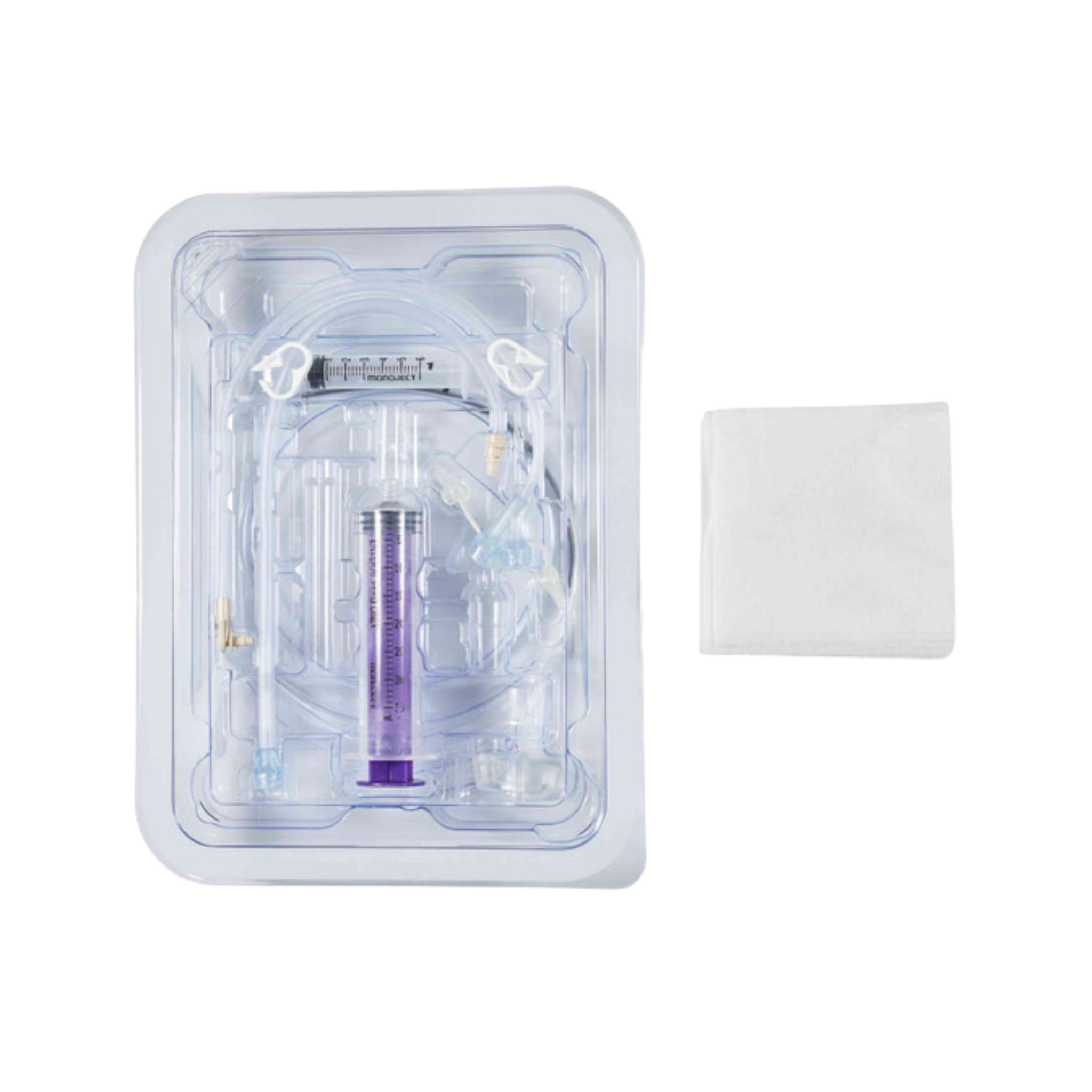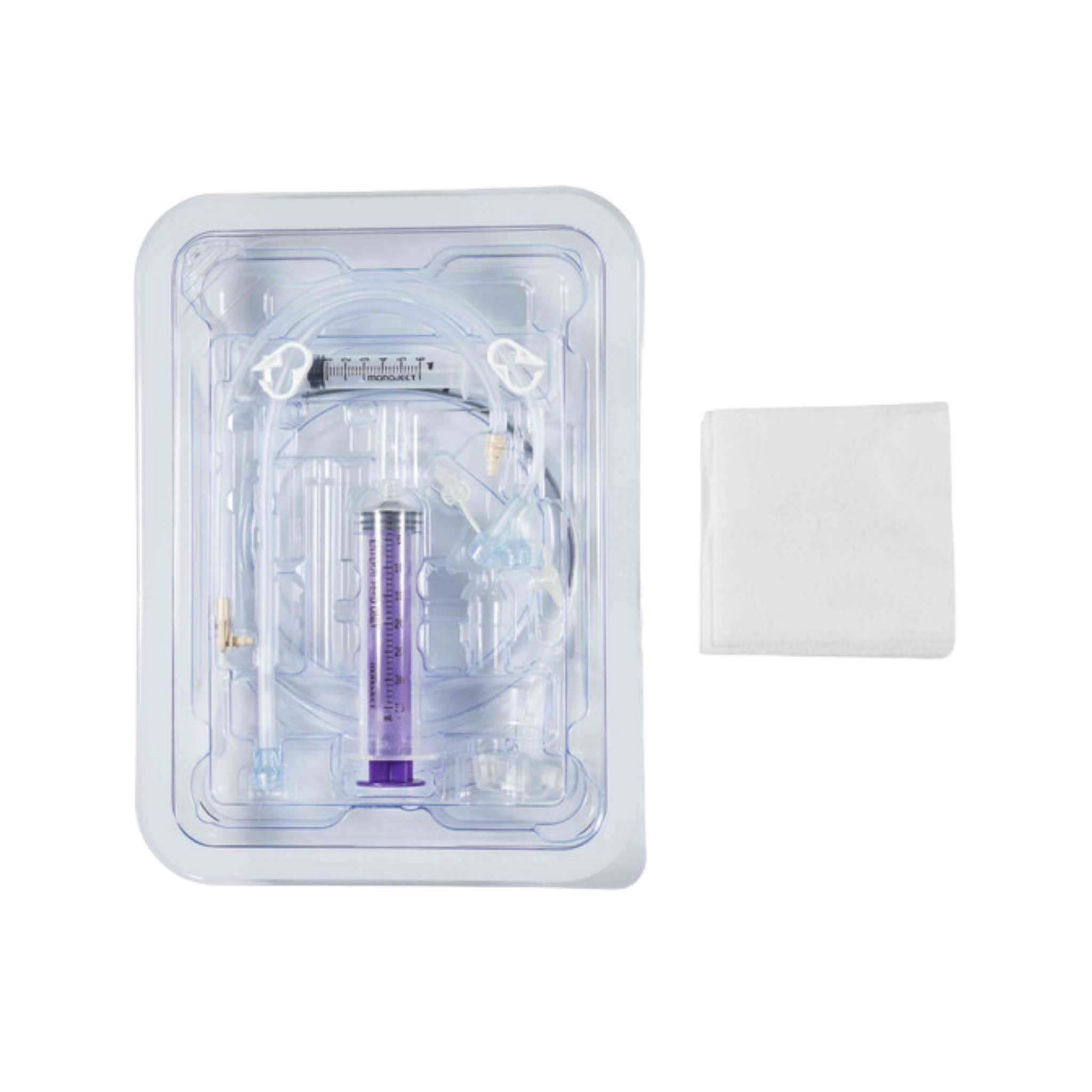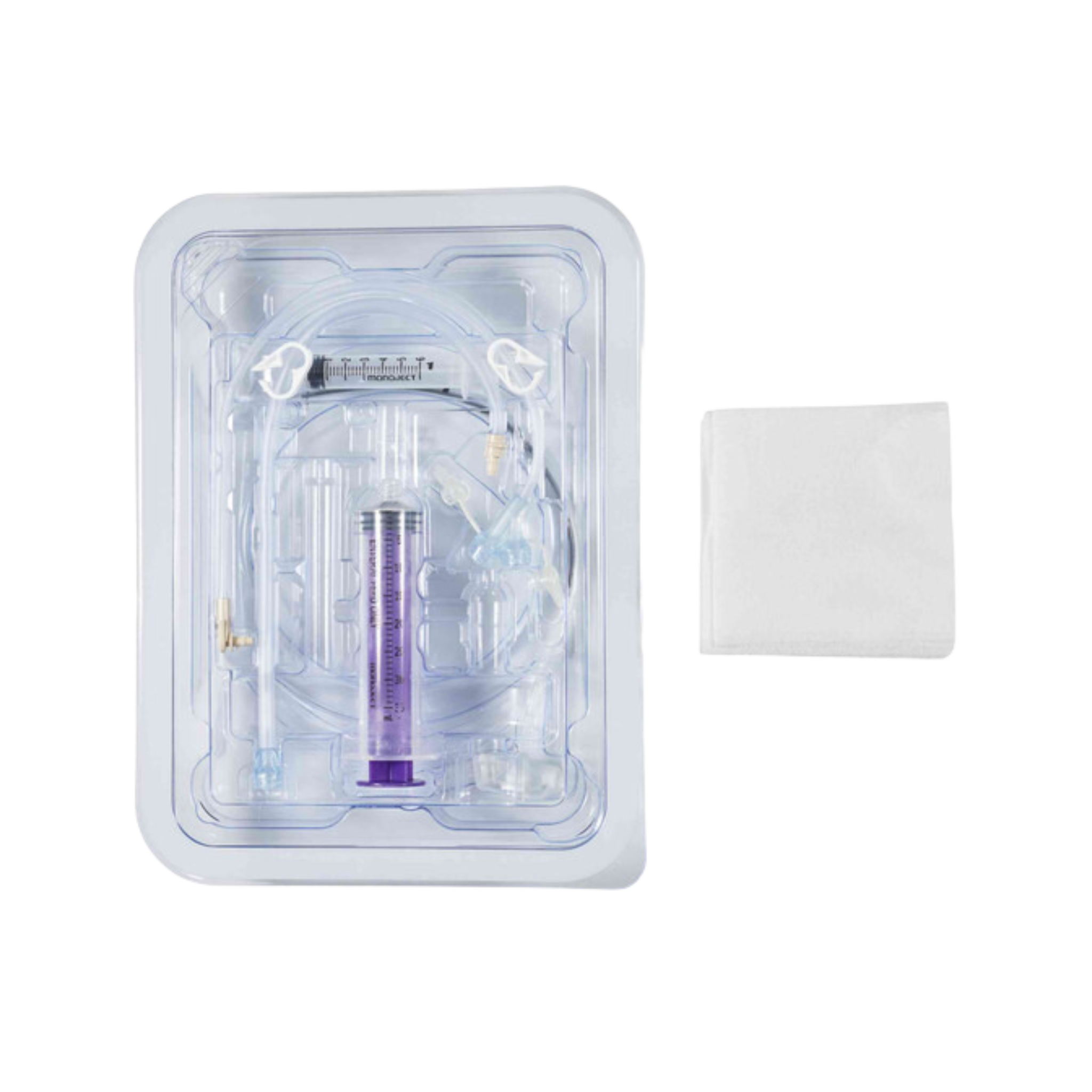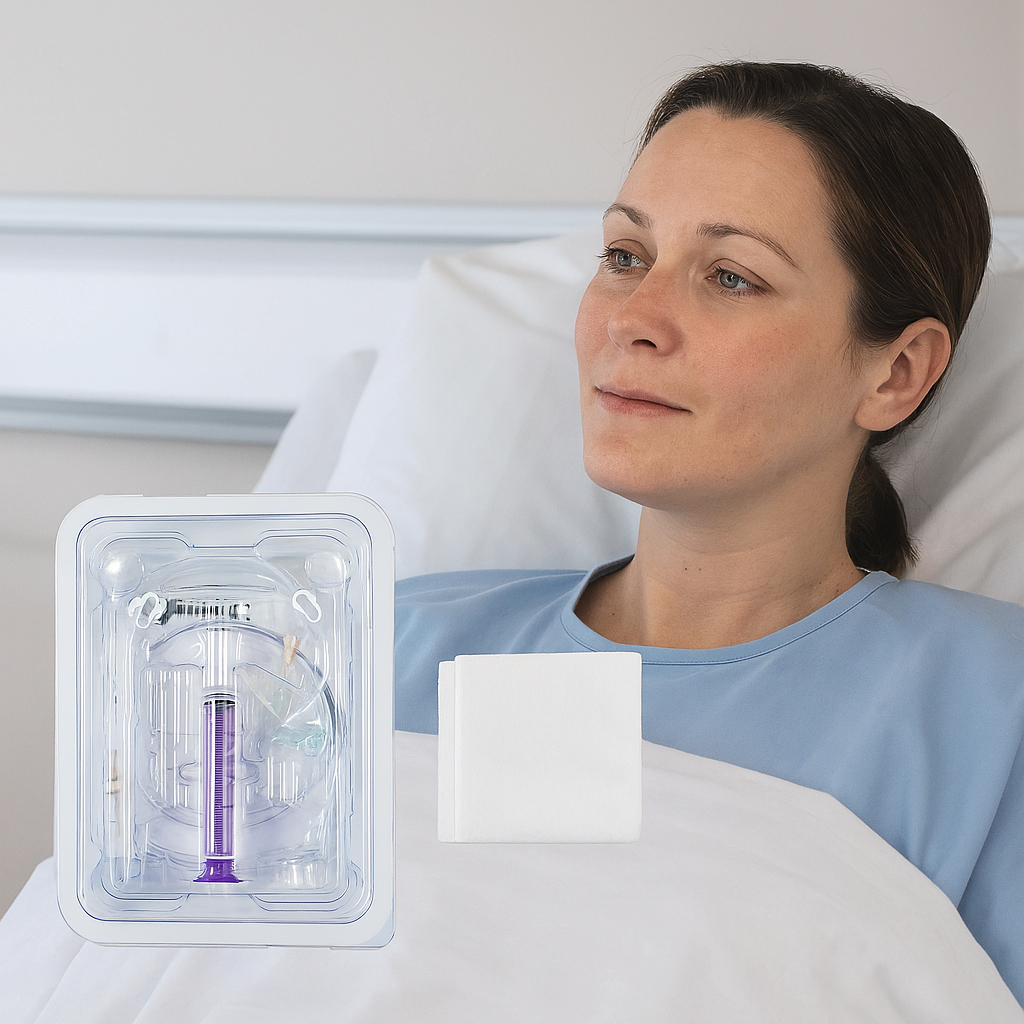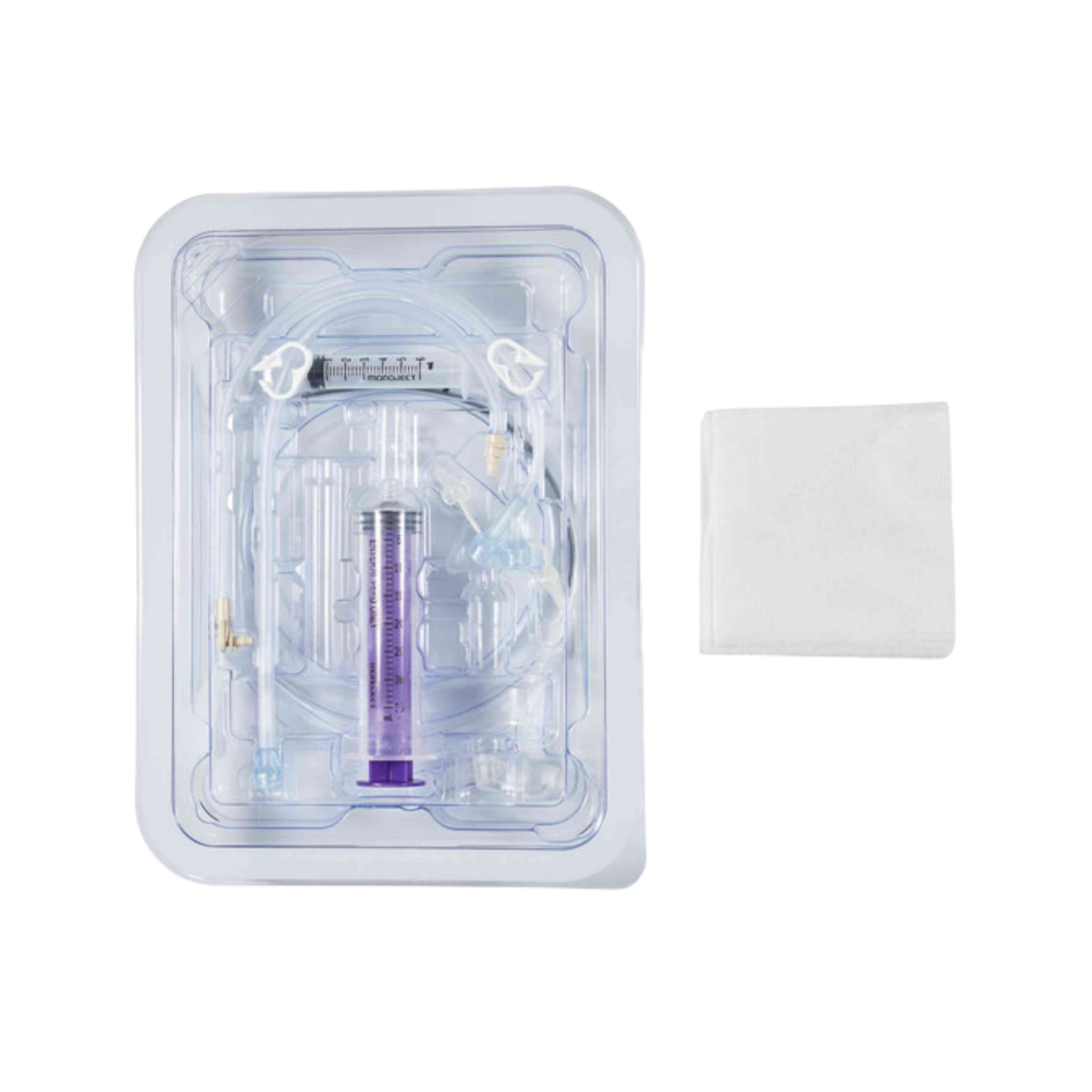Gastric-Jejunal Feeding Tube: Low-Profile Solutions
Explore premium low-profile gastric-jejunal feeding tubes with Enfit extension sets – ideal for reliable enteral nutrition support.
Summary
Gastric-jejunal (GJ) feeding tubes are essential medical devices for patients who cannot meet their nutritional needs orally or through gastrostomy alone. This guide provides an in-depth look at low-profile Mic-Key GJ feeding tubes, their benefits, uses, and how to select the right size and configuration for patient care. You'll also find helpful links to top-quality products and expert recommendations backed by trusted medical authorities.
What is a Gastric-Jejunal Feeding Tube?
A gastric-jejunal (GJ) feeding tube is a specialised enteral access device designed to deliver nutrition directly into the jejunum (a part of the small intestine) while bypassing the stomach. This is particularly beneficial for patients with conditions like gastroparesis, severe reflux, or gastric dysmotility.
Key Features:
- Dual-port system: one port delivers nutrients to the stomach, and another to the jejunum.
- Low-profile designs: discreet, skin-level access ports for improved patient comfort and mobility.
- Enfit-compatible: ensures safer connections with enteral feeding systems, reducing misconnection risks.
Patients requiring long-term nutritional support may benefit from devices like the Avanos Mic-Key Low-Profile GJ Tubes in sizes such as 14Fr, 16Fr, 18Fr, and 22Fr—all of which come with Enfit extension sets.
Benefits of Using Low-Profile GJ Feeding Tubes
Low-profile GJ tubes, like the Avanos Mic-Key range, offer several clinical and practical advantages:
Enhanced Patient Comfort:
- Flat against the skin, reducing pressure sores and irritation
- Ideal for active users, including paediatric patients
Reduced Complication Risk:
- Minimises dislodgement compared to long tubes
- Improved safety with Enfit connectors that prevent misconnections
Better Nutrient Absorption:
- Direct jejunal feeding helps patients who can’t tolerate gastric feeding
- Reduces reflux, aspiration, and vomiting risk in sensitive patients
Featured Products



Best Practices for GJ Tube Care
Proper care and maintenance are essential to prevent complications and extend the life of the feeding tube.
Daily Care Tips:
- Flush the tube before and after feeds or medication using warm water.
- Check placement regularly (as per your clinician’s advice).
- Clean the stoma site daily with mild soap and water.
- Rotate the tube slightly (if allowed by the model) to prevent skin adhesion.
When to Contact a Health Professional:
- Leaking at the site
- Persistent pain or redness
- Clogged or dislodged tubes
Conclusion
Gastric-jejunal feeding tubes are an essential part of clinical nutrition support, particularly for patients who struggle with traditional gastric feeding methods. With low-profile solutions like the Avanos Mic-Key range, patients and caregivers benefit from safer, more comfortable, and efficient feeding options.
Whether you're a healthcare provider or a caregiver, ensuring the right product and proper care makes all the difference. Browse our full collection of low-profile GJ feeding tubes to find a solution tailored to your needs.
Need expert advice or looking to order in bulk?
Explore our full range of gastric-jejunal feeding tubes to find the right size and configuration for your clinical needs
📞 Call 1300 615 193 or order online at our website.
Gastric jejunal feedind tube solutions provide safe, long-term enteral nutrition for patients who cannot tolerate gastric feeding alone. This collection features low-profile gastric-jejunal feeding tubes with ENFit connectors, designed for reduced reflux, improved comfort, and reliable nutrition delivery in hospital and home-care settings across Australia.
Items included in this collection:
• Low-profile gastric-jejunal (GJ) feeding tubes
• Dual-port tubes for gastric drainage and jejunal feeding
• ENFit-compatible extension sets for safe connections
• Multiple French sizes (14Fr, 16Fr, 18Fr, 22Fr)
• Replacement buttons and feeding accessories
Recently viewed
FAQs
It delivers nutrition into the jejunum while allowing gastric drainage, ideal for patients with reflux or gastroparesis.
A GJ tube feeds directly into the small intestine, while a gastrostomy tube feeds into the stomach only.
Yes. ENFit connectors reduce misconnection risk and are the recommended safety standard in Australia.
Yes. Low-profile GJ feeding tubes are suitable for home use with proper clinical training and routine care.

